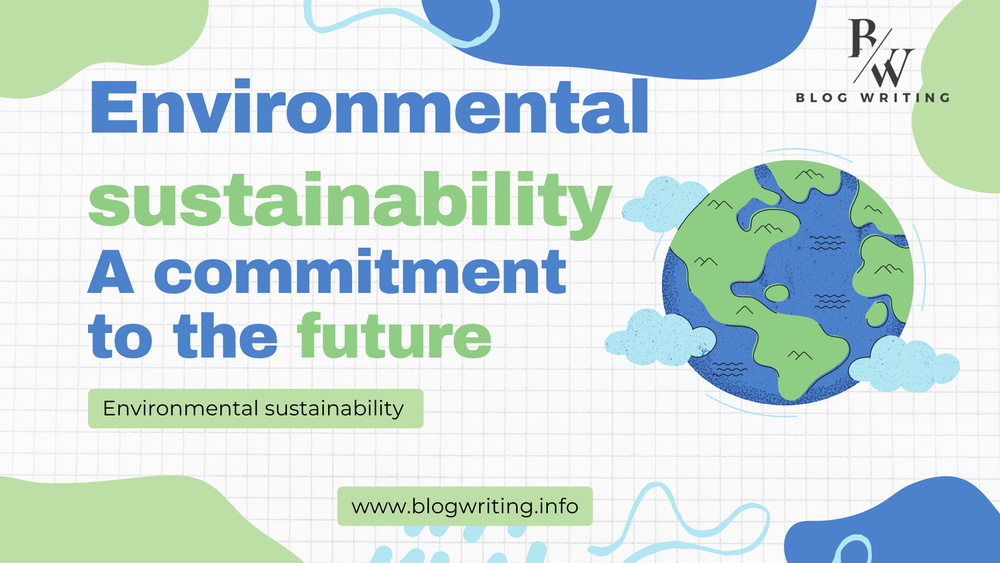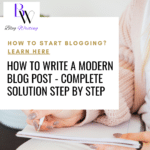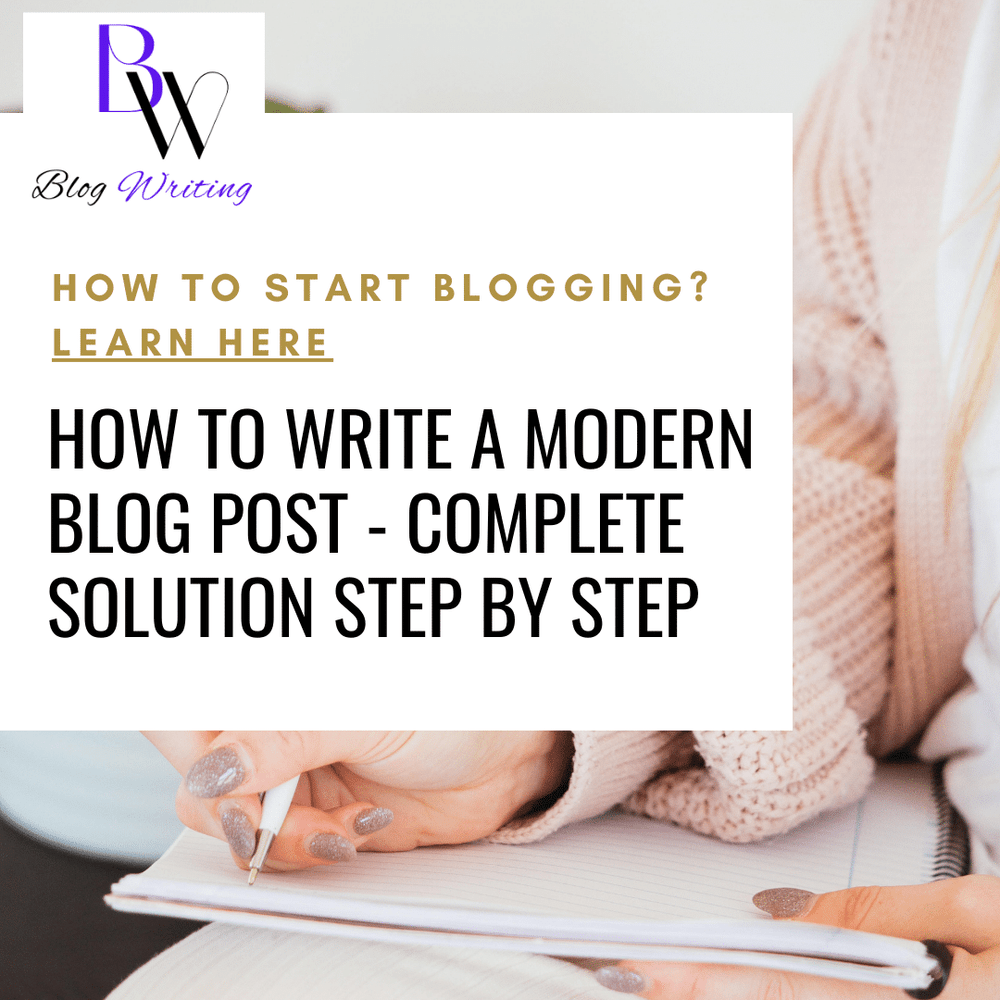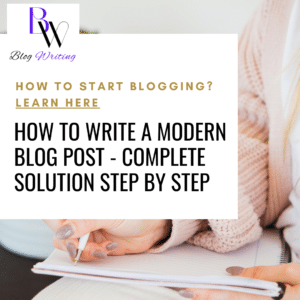
How To Write A Modern Blog Post? Hidden Secrets
- INTRODUCTION:
- HOW TO START WRITING A BLOG POST | FULL SOLUTION STEP BY STEP:
- Step 1: How to Choose a Compelling Topic
- Step 2: Conduct Thorough Research
- Step 3: Craft a Captivating Headline
- Step 4: Write a Strong Introduction
- Step 5: Create a Clear Structure
- Step 6: Write Engaging Content
- Step 7: Incorporate Visuals
- Step 8: Optimize for SEO
- Step 9: Conclude with a Call to Action (CTA)
- Step 10: Edit and Proofread
- Step 11: Publish and Promote
- FAQ's
INTRODUCTION:
In today’s fast-paced digital age, blogging has transformed from simple online diaries to powerful tools for communication, branding, and influence. However, with millions of blog posts published every day, how do you ensure that your content stands out and connects with readers? Writing a modern blog post entails more than just putting words on a page; it also involves creating content that is engaging, informative, and optimised for both readers and search engines. Whether you are new to blogging or want to improve your skills, this guide will walk you through the steps necessary to create blog posts that captivate audiences and drive results. Are you ready to step up your blogging game? Let us dive right in.

HOW TO START WRITING A BLOG POST | FULL SOLUTION STEP BY STEP:
Starting a modern blog post involves careful planning, strategic thinking, and creativity. Here’s a step-by-step guide to help you kick off your blog post effectively:
Step 1: How to Choose a Compelling Topic
- Identify Your Audience’s Needs: Start by thinking about what your target audience wants to read. Consider their interests, pain points, and questions.
- Research Trending Topics: Use tools like Google Trends, BuzzSumo, or social media platforms to find out what’s currently trending in your niche.
- Select a Topic You’re Passionate About: Choose a subject that excites you, as your enthusiasm will come through in your writing.
Step 2: Conduct Thorough Research
- Gather Reliable Information: Look for credible sources to back up your claims, such as statistics, studies, expert opinions, or real-life examples.
- Check Competitor Content: See what’s already out there on your topic. Identify gaps in information or opportunities to provide a unique perspective.
- Organize Your Findings: Create a simple outline or list of key points to ensure your blog post will be well-structured and informative.
Step 3: Craft a Captivating Headline
- Make It Attention-Grabbing: Your headline should immediately catch the reader’s eye. Use numbers, questions, or power words to make it stand out.
- Be Clear and Concise: Ensure your headline clearly conveys what the blog post is about. Aim for a balance between being descriptive and intriguing.
- Incorporate Keywords: Include relevant keywords in your headline to help with search engine optimization (SEO).
Step 4: Write a Strong Introduction
- Start with a Hook: Open with a compelling statement, question, or fact that grabs the reader’s attention.
- Address the Reader’s Problem: Clearly state the issue or topic you’ll be addressing and why it matters to the reader.
- Preview the Content: Give a brief overview of what the blog post will cover, setting expectations and encouraging readers to continue.
Step 5: Create a Clear Structure
- Use Subheadings: Break your content into sections with clear subheadings. This not only makes the post easier to read but also helps with SEO.
- Write in Short Paragraphs: Keep your paragraphs short (2-4 sentences) to maintain readability and keep the reader engaged.
- Include Lists and Bullet Points: Use lists to present information clearly and succinctly, making it easy for readers to digest key points.
Step 6: Write Engaging Content
- Be Conversational: Write as if you’re speaking directly to the reader. A friendly, conversational tone can make your post more relatable and engaging.
- Provide Value: Focus on offering practical advice, insights, or solutions that your audience can apply. Always ask yourself, “How does this benefit my reader?”
- Use Examples and Stories: Real-life examples, anecdotes, or case studies can make your content more relatable and memorable.
Step 7: Incorporate Visuals
- Use High-Quality Images: Include relevant images, infographics, or videos to break up text and make your post more visually appealing.
- Optimize Visuals for SEO: Add alt text and descriptive filenames to your images, incorporating keywords where appropriate.
- Consider Placement: Strategically place visuals to enhance the flow of the post and reinforce key points.
Step 8: Optimize for SEO
- Include Keywords Naturally: Integrate your primary keywords throughout the post, including in the title, headers, and body, without keyword stuffing.
- Add Internal and External Links: Link to other relevant posts on your blog as well as credible external sources to improve SEO and provide additional value.
- Use Meta Descriptions: Write a concise and compelling meta description that includes your target keywords to improve click-through rates.
Step 9: Conclude with a Call to Action (CTA)
- Encourage Engagement: Ask readers to leave comments, share the post, or subscribe to your blog.
- Suggest Next Steps: Direct readers to related content, offer a downloadable resource, or invite them to join your email list.
- Summarize Key Points: Briefly recap the main takeaways of the post, reinforcing the value you’ve provided.
Step 10: Edit and Proofread
- Check for Clarity: Ensure your content flows logically and that your points are clearly communicated.
- Correct Grammar and Spelling: Use tools like Grammarly or Hemingway to catch errors and improve readability.
- Refine Your Tone: Make sure your tone is consistent and aligns with your brand’s voice.
Step 11: Publish and Promote
- Publish at the Right Time: Consider when your audience is most active and likely to read your post.
- Share on Social Media: Promote your post across social media platforms to reach a wider audience.
- Engage with Your Readers: Respond to comments and interact with your audience to build a community around your blog.
By following these steps, you can start your modern blog post on a strong note, ensuring it’s engaging, valuable, and optimized for success.
Learn More About Blogging: A Complete Guidelines for Beginners | STEP BY STEP
BY: Blog Writing Team

FAQ’s
1. What are the best practices for optimizing a blog post for SEO?
Answer: To optimize a blog post for SEO, include relevant keywords naturally throughout your content, especially in the title, headings, and meta description. Use internal and external links to provide additional value and context. Ensure that your images have descriptive alt text and that your content is easy to read with short paragraphs and subheadings. Additionally, make sure your post is mobile-friendly, as more readers are accessing content via smartphones and tablets. Regularly updating your posts with fresh information can also help improve your rankings in search engines.
2. What is the ideal length for a modern blog post?
Answer: The ideal length for a blog post can vary depending on the topic and audience. However, most experts recommend aiming for 1,000 to 2,000 words. This length is generally enough to cover a topic in depth while keeping the reader engaged. Posts that are 2,000+ words tend to perform well in search engine rankings, as they provide more comprehensive information.
Our Trending Posts:
- Sustainability A Commitment to the Future. Complete Guidelines
- How to Work on Fiverr: A Comprehensive Guide
- Why Health And Safety Is Important? Step By Step Guidelines
- How To Write A Modern Blog Post? Hidden Secrets
- Full-Body Workout Make Strong Yourself After These 05 Amazing.
Join Our Social Platform to Suggest Your Needs. Click Here
Thank You > Good You See You Again!
Share this content:


















Post Comment